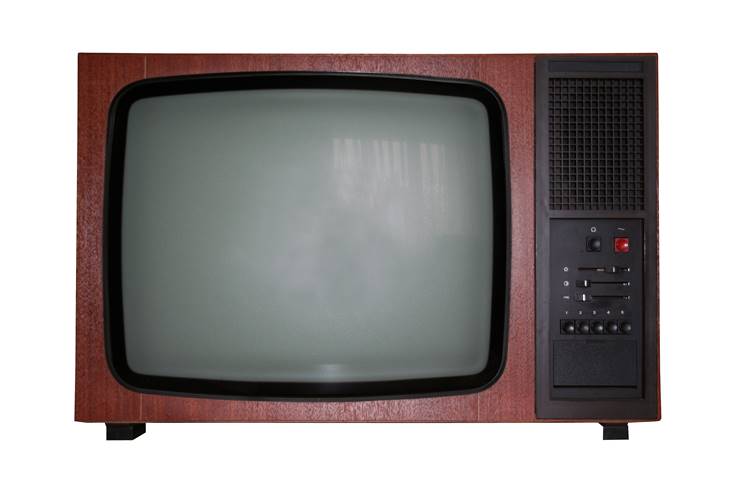History of Television
History of television started from the moment first static image was deconstructed into electrical signals, transported via wired or wireless electromagnetic signals to the television received, and there reconstructed into image with colors and sounds that correspond to the original footage. This moment in history happened 1862, when Abbe Giovanna Caselli invented Pantelograph, first television system that could record, transmit, receive and reproduce static image. From that point on, the minds of the countless inventors were intrigued, and they started their quick and energetic battle for supremacy in crowded television space. As years and decades went on various inventions advanced television technology, technologies changed, and finally worldwide accepted standards started being enforced. This enabled easier user experience, lower prices, and streamlined process of recording and broadcasting television signal across entire world.
One of the first famous television systems that was truly capable of reproducing stable image that was received and decoded trough electrical signals was “Electric Telescope” made by German technician Paul Nipkow in 1884. His invention kick-started the era of mechanical televisions, and his device called “Nipkow’s disk” was the crucial piece of this mechanical puzzle. This device used spinning dics with a series of holes arranged in spiral pattern. As the disc spun, light went through its holes and illuminated photoelectric cell (or other light-detecting device) which promptly converted that light information into electrical signal. After transmission was done via wires or wireless communication, similar device was used to reproduce recorded material. Display device used modulated light source which emitted the light that again went through the spiral-arranged holes on the spinning disc. This mechanical approach of television broadcast had in the beginning very similar result to the electronic cathode ray television sets, and they managed to advance in their picture and sound quality, but during 1930s electronic devices become clearly more capable and easier to use and maintain.

But before electrical television sets captured entire market, champion of mechanical television history was without a doubt John Logie Baird, Scottish inventor who introduced England and the rest of the world to the wonders of the television. He managed to beat other inventors by only few short months and showcase his full mechanical television system (recording, transmission and reproducing of broadcast) to the London public in 1928. This 30 minute long program that included songs and traditional Irish folk tales instantly became talk of the town, and clear indication that television has great potential for communication. Marketing, and off course profit.
Another influential pioneer of mechanical television sets was Charles Francis Jenkins, American entrepreneur and inventor who was responsible for setting up the United States television industry by not only producing new devices, but also for receiving first official license for television broadcasting in the world in 1928. His efforts in the field of television enabled the initial growth of US television viewership, rise of television advertisement, and many technical discoveries that enabled production of more advanced television sets and recording devices. By 1932 his mechanical television sets begun to loose popularity, and the pressure from Vladimir Zworykin’s and Philo Farnsworth’s fully electrical designs finally brought the end of his business.
Electrical television history cannot be said without mentioning American scientists and inventor Philo Farnsworth. His mark on the history was first fully electrical television system that soon became standardized and used by American and English broadcasters. Even though his claim to the original patent was eventually taken away from him, he influenced the growth of the television business like few man before or after him, enabling the entire world to become more connected and informed via various television technologies that came from him and after him.
After 1930s, television technology received little updates. Economic pressures of the World War II put an end to television expansion, and only after the war did U.S. and Great Britain managed to refresh their standards and offer to the population new technologies with better picture and sound. Color television was first introduced after the end of the Korean War in 1950s, but the mass adoptions in both United States and Europe came in the last years of the 1960s. Between then and end of 20th century, much has changed but much has remained the same. Television standards received update for picture and sound quality, home recording became commonplace with the help of VCR’s and satellite communication enabled thousand broadcasters to offer their programming to the entire world. 21st century however, brought large changes. With the enormous expansion of internet connectivity, digital transmissions, portable devices and high definition screens (LCD, Plasma, OLED, home projectors, digital cinema), the world of television was finally moved from our living rooms and put on the move. Even though it seems that television has adapted to all the changes that first 10 years if 21st century brought, there is not end in sight to the innovation that scientists and technicians are producing every day. However, no matter what changes are for us in the future, one thing is certain. Television will survive.
